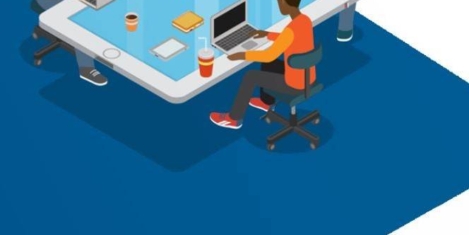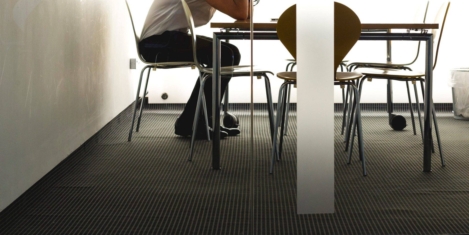November 3, 2017
Growing need for a flexible workplace creates fresh challenges for employers
 Many businesses are misaligned with their people, with nearly half of employees not understanding their company’s strategic objectives, according to new research published by The Ludic Group, which claims that the changing nature of workforces and the growing need for a flexible workplace are creating fresh challenges for communication, collaboration and engagement. The research suggests that the impact of technology is causing digital chaos, with businesses struggling to get the communications balance right. With the number of channels and tools increasing almost half of people (44 percent) want to hear more from employers. Perhaps surprisingly, one in five (20 percent) individuals said that their firm has not used any tools or techniques to communicate with them. This lack of communication results in people being disconnected from the business strategy, with only half of individuals (50 percent) reported fully aligned with their company’s objectives and 44 percent not knowing or understanding what these are. Alongside this, people increasingly want to design their own working experience and expect more flexibility from their employers.
Many businesses are misaligned with their people, with nearly half of employees not understanding their company’s strategic objectives, according to new research published by The Ludic Group, which claims that the changing nature of workforces and the growing need for a flexible workplace are creating fresh challenges for communication, collaboration and engagement. The research suggests that the impact of technology is causing digital chaos, with businesses struggling to get the communications balance right. With the number of channels and tools increasing almost half of people (44 percent) want to hear more from employers. Perhaps surprisingly, one in five (20 percent) individuals said that their firm has not used any tools or techniques to communicate with them. This lack of communication results in people being disconnected from the business strategy, with only half of individuals (50 percent) reported fully aligned with their company’s objectives and 44 percent not knowing or understanding what these are. Alongside this, people increasingly want to design their own working experience and expect more flexibility from their employers.



































October 25, 2017
Frederick Taylor was a man of his time not a whipping boy for ours
by Mark Eltringham • Comment, News, Workplace, Workplace design
More →